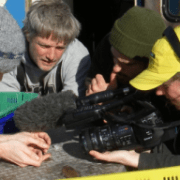New Non-Profit Marine Education and Collaboration Organization to Promote the Positives in Ocean Research, Conservation and Education
Contact Information:
Jennifer Pitzer, Managing Director
Marine & Oceanic Sustainability Foundation
15121 Concord Pike, Suite 301
Wilmington, DE 19803
FOR IMMEDIATE RELEASE:
Wilmington, Delaware, January 16, 2013—A new non-profit organization focusing on the successes of marine education and collaboration has just launched under the name Marine & Oceanic Sustainability Foundation. Jennifer Pitzer, former freelance writer and senior financial analyst at the Federal Reserve Board, will serve as Managing Director.
The Marine & Oceanic Sustainability Foundation (MOSF), when fully staffed by the end of 2014, will include approximately 6 fulltime researchers, writers, and editors, devoted solely to creating content-rich materials about successful marine conservation efforts and how those projects can be implemented in other parts of the world. By the end of 2014, the organization will acquire the first of a number of research vessels, which will enable them to provide education outreach services and host research scientists, educators and graduate students. The MOSF will be supported entirely by philanthropy and will provide the articles and materials it produces, free of charge, both through its own website and to other conservation organizations to maximizing the impact of each article.
“While I am not naïve to the very real issues that are affecting our planet,” states Ms. Pitzer, “I also know that for all the negative stories, there are as just as many successful projects that go unnoticed. Through research and collaboration, we can document how people are successfully making a difference in their local marine environments and share that information with a global audience. Equally important, by working with educators and young people, we can teach future generations how incredible our oceans and their inhabitants are and how much they impact our lives. It is our goal to provide tools for communities to engage in marine ecology as part of the solution. We share the planet, it is in all of our interest to seek sustainable solutions and make it a better place. Marine conversation is my passion.”
The MOSF’s Board of Directors is currently in formation. In addition to Ms. Pitzer, it will include Tiffany Moisan, Research Physical Scientist in the Hydrological Sciences Lab at NASA Goddard Space Flight Center and doctoral graduate of the Scripps Institution of Oceanography; Rosemarie Watkins, retired, she formerly served as the director of the international policy group at the American Farm Bureau Federation in Washington, D.C.; David Pitzer, Vice President and CIO of Frederick Mutual Insurance and advanced scuba diver. The MOSF will also have an Advisory Board of leaders with experience in marine conservation and related fields.
More information on the Marine & Oceanic Sustainability Foundation can be found at www.mosfoundation.org
See the actual press release online.
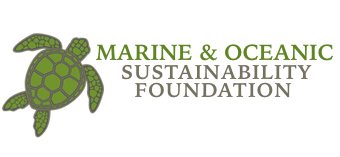
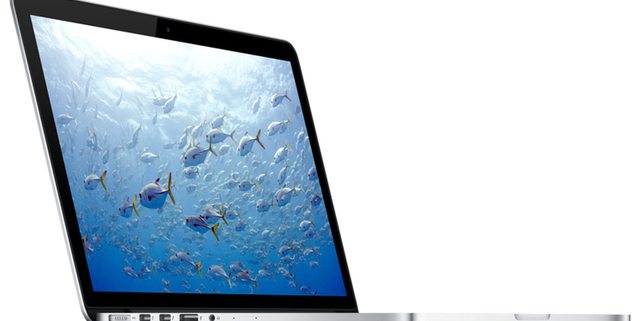

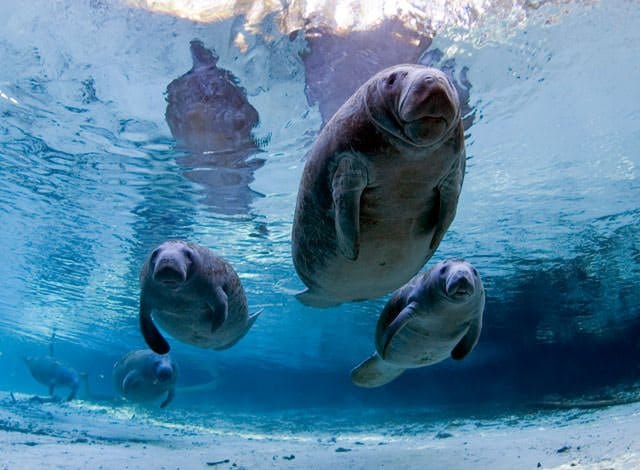 Manatees are large, gray mammals that live in the water. They have a flat, paddle-shaped tail and have two flippers. Manatees can grow to be up to 13 ft. (4 m) long and weigh as much as 1,300 lbs. (590 kg).
Manatees are large, gray mammals that live in the water. They have a flat, paddle-shaped tail and have two flippers. Manatees can grow to be up to 13 ft. (4 m) long and weigh as much as 1,300 lbs. (590 kg).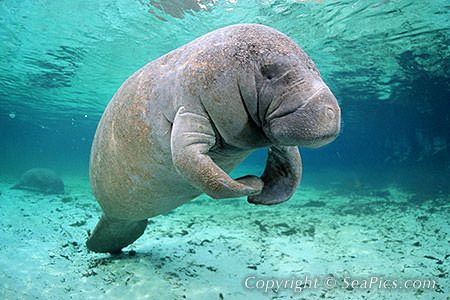
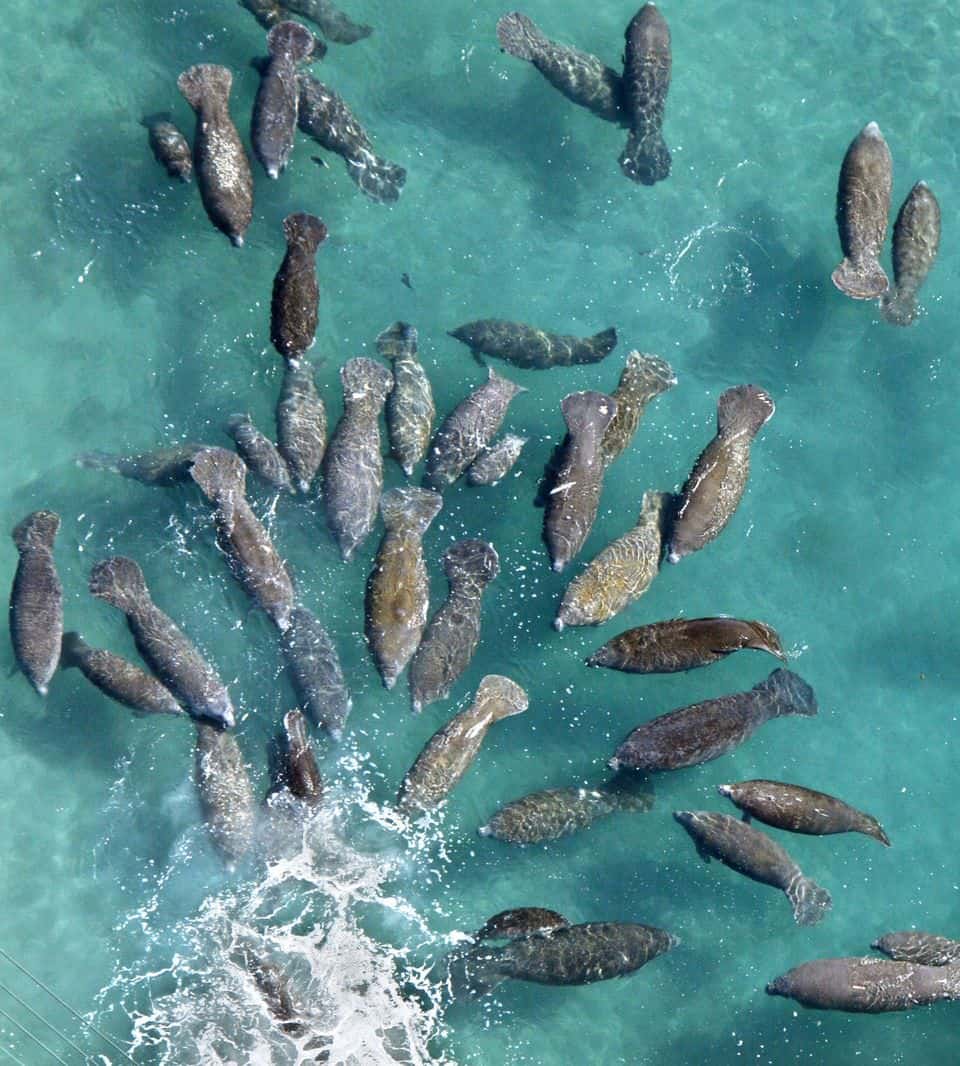

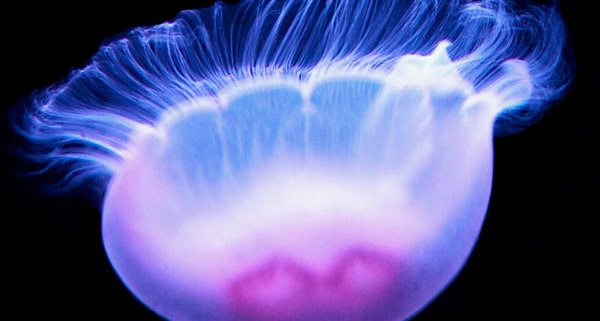
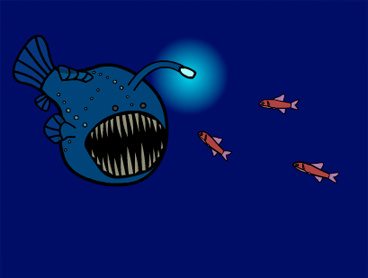
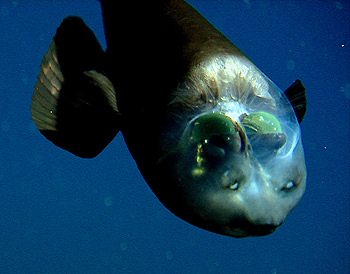
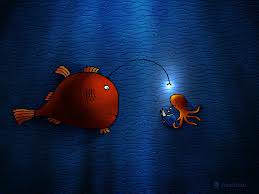


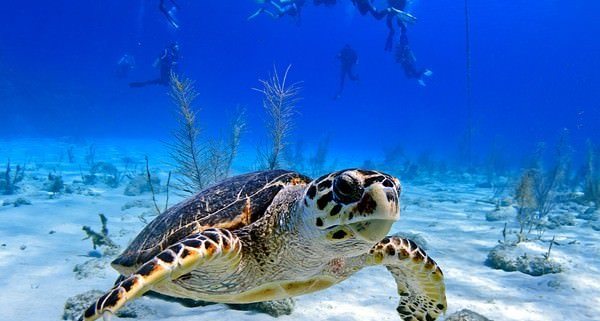

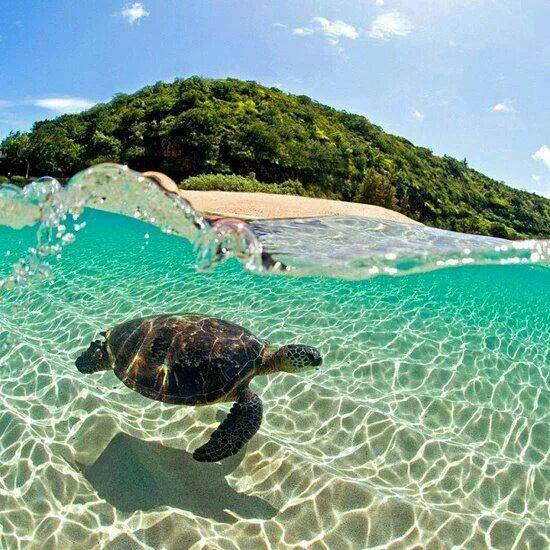 Although the populations are not as high, Barbados is also home to leatherback, loggerhead, olive ridley, Kemp’s ridley, flatback, and green sea turtles. By collaborating and partnering with the government, tourism industry, and fellow NGOs like itself, the Barbados Sea Turtle Project has made great strides in successfully finding a balance between protecting it’s turtle population and meeting the needs of the local economy.
Although the populations are not as high, Barbados is also home to leatherback, loggerhead, olive ridley, Kemp’s ridley, flatback, and green sea turtles. By collaborating and partnering with the government, tourism industry, and fellow NGOs like itself, the Barbados Sea Turtle Project has made great strides in successfully finding a balance between protecting it’s turtle population and meeting the needs of the local economy.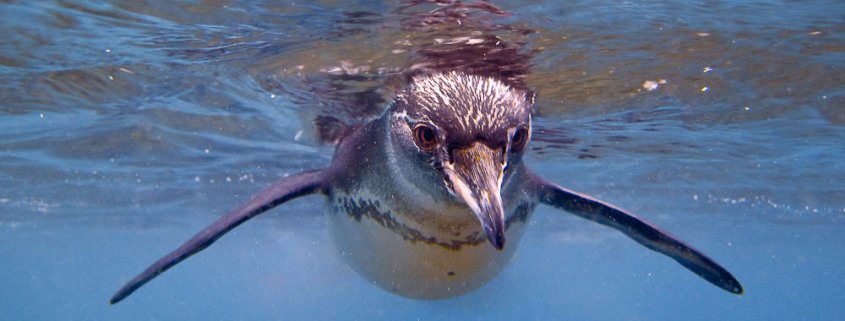

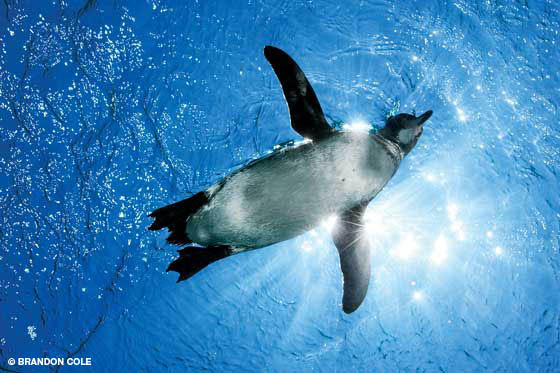 A survey done in the 1970s estimated that there were around 10,000 of these penguins, but current surveys show that there are only about 1,000 breeding pairs left. Scientists think that about 77% of the population died in 1982 and 1983 when the islands experienced unusual weather, which caused a food shortage for the penguins. They seem to be slowly rebuilding their population.
A survey done in the 1970s estimated that there were around 10,000 of these penguins, but current surveys show that there are only about 1,000 breeding pairs left. Scientists think that about 77% of the population died in 1982 and 1983 when the islands experienced unusual weather, which caused a food shortage for the penguins. They seem to be slowly rebuilding their population.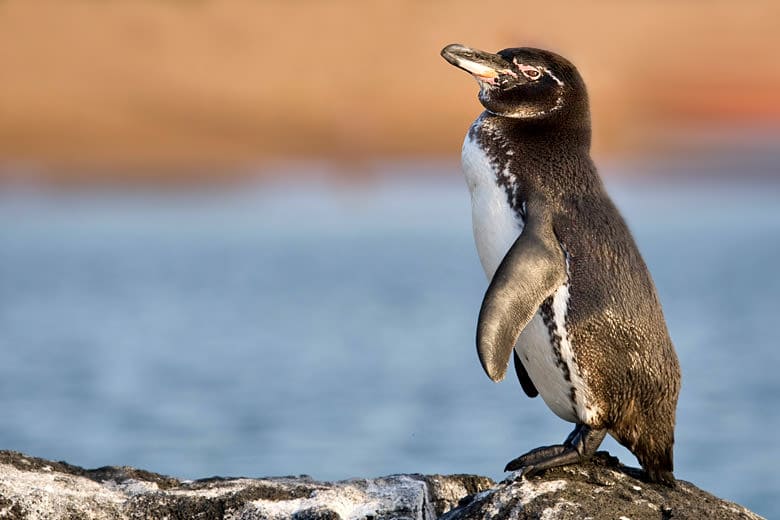 The penguins mostly eat small fish like mullet and sardines. Unfortunately, because they are so small they have many predators. On land, crabs, snakes, owls, and hawks pick on the little penguins; in the sea, sharks, fur seals, and sea lions can attack them. It can be a rough life, but these penguins seem to enjoy their tropical paradise.
The penguins mostly eat small fish like mullet and sardines. Unfortunately, because they are so small they have many predators. On land, crabs, snakes, owls, and hawks pick on the little penguins; in the sea, sharks, fur seals, and sea lions can attack them. It can be a rough life, but these penguins seem to enjoy their tropical paradise.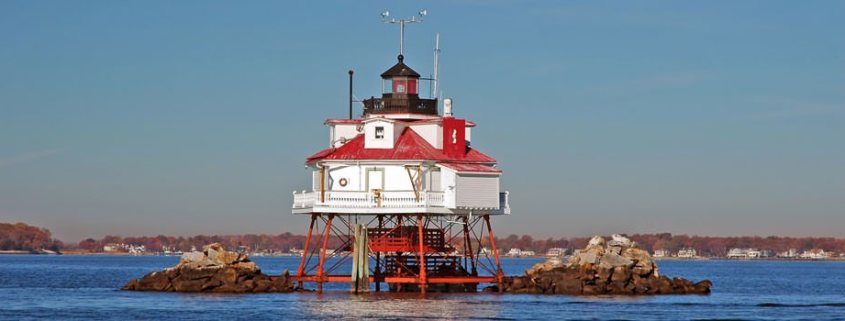
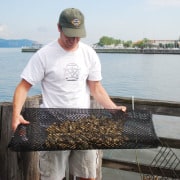 Last year, we kicked off our summer with a Memorial Day party at a friend’s house. His home sits on the scenic South River, a tributary of the Chesapeake Bay, just south of Annapolis, Maryland. Little did we know, that day would turn into so much more than just a fun day with old friends.
Last year, we kicked off our summer with a Memorial Day party at a friend’s house. His home sits on the scenic South River, a tributary of the Chesapeake Bay, just south of Annapolis, Maryland. Little did we know, that day would turn into so much more than just a fun day with old friends.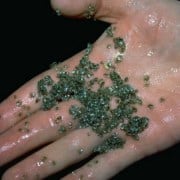
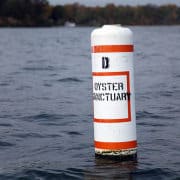
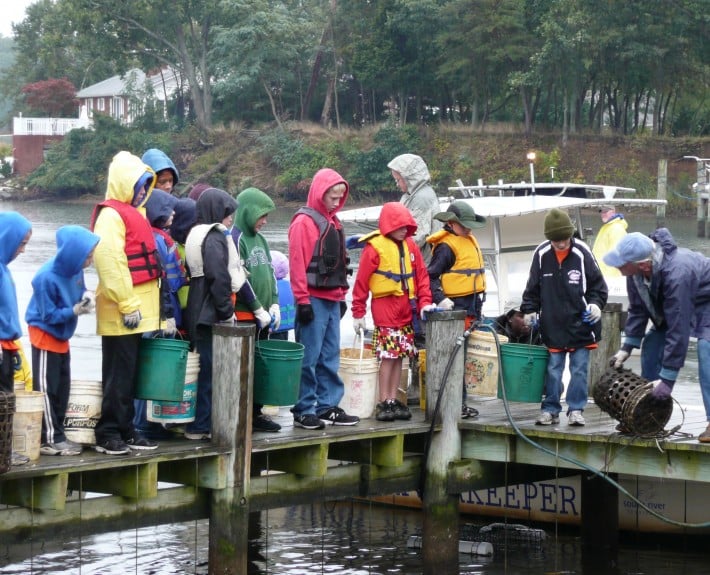
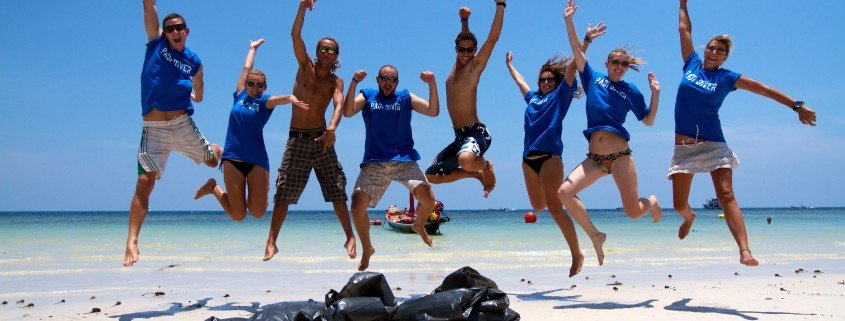
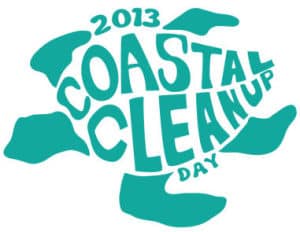
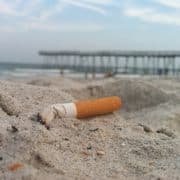
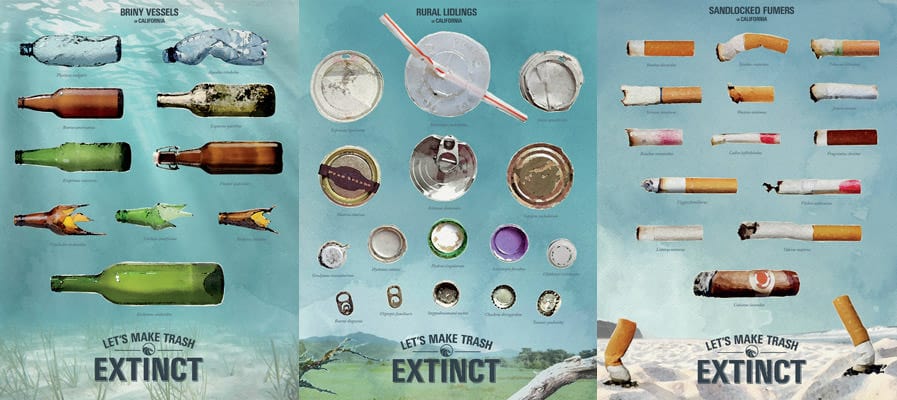
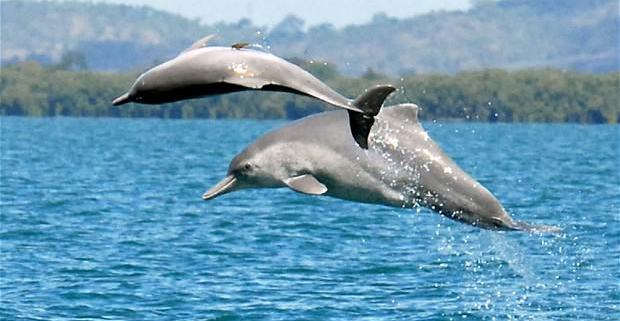
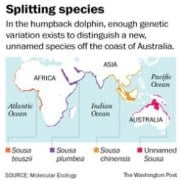
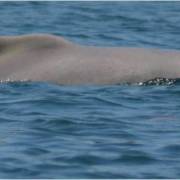
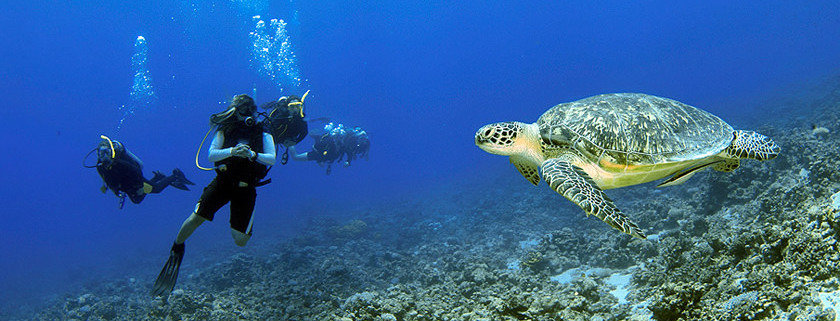
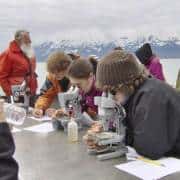
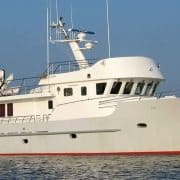 MOSF is committed to working with local teachers, students, and community groups. Through outreach programs like this, people will gain a better understanding of how they are affecting their marine habitats and how they can get involved to assure their long-term health and sustainability.
MOSF is committed to working with local teachers, students, and community groups. Through outreach programs like this, people will gain a better understanding of how they are affecting their marine habitats and how they can get involved to assure their long-term health and sustainability.